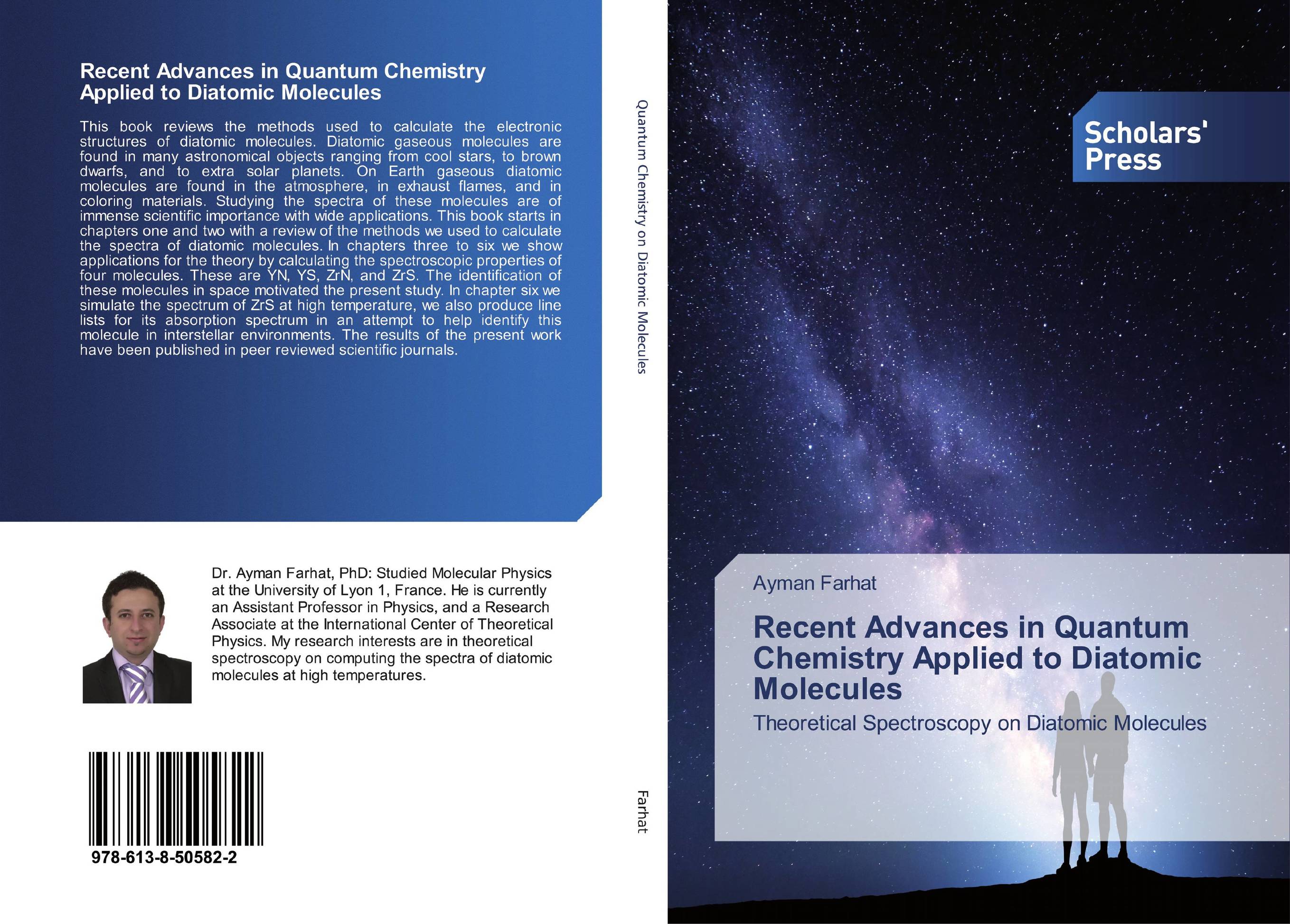| Поиск по каталогу |
|
(строгое соответствие)
|
- Профессиональная
- Научно-популярная
- Художественная
- Публицистика
- Детская
- Искусство
- Хобби, семья, дом
- Спорт
- Путеводители
- Блокноты, тетради, открытки
Recent Advances in Quantum Chemistry Applied to Diatomic Molecules. Theoretical Spectroscopy on Diatomic Molecules

В наличии
| Местонахождение: Алматы | Состояние экземпляра: новый |

Бумажная
версия
версия
Автор: Ayman Farhat
ISBN: 9786138505822
Год издания: 2019
Формат книги: 60×90/16 (145×215 мм)
Количество страниц: 184
Издательство: Scholars' Press
Цена: 46972 тг
Положить в корзину
| Способы доставки в город Алматы * комплектация (срок до отгрузки) не более 2 рабочих дней |
| Самовывоз из города Алматы (пункты самовывоза партнёра CDEK) |
| Курьерская доставка CDEK из города Москва |
| Доставка Почтой России из города Москва |
Аннотация: This book reviews the methods used to calculate the electronic structures of diatomic molecules. Diatomic gaseous molecules are found in many astronomical objects ranging from cool stars, to brown dwarfs, and to extra solar planets. On Earth gaseous diatomic molecules are found in the atmosphere, in exhaust flames, and in coloring materials. Studying the spectra of these molecules are of immense scientific importance with wide applications. This book starts in chapters one and two with a review of the methods we used to calculate the spectra of diatomic molecules. In chapters three to six we show applications for the theory by calculating the spectroscopic properties of four molecules. These are YN, YS, ZrN, and ZrS. The identification of these molecules in space motivated the present study. In chapter six we simulate the spectrum of ZrS at high temperature, we also produce line lists for its absorption spectrum in an attempt to help identify this molecule in interstellar environments. The results of the present work have been published in peer reviewed scientific journals.
Ключевые слова: Astrochemistry, Gaseous Molecules, Opacity, Molecular spectroscopy, Stellar atmospheres, Exoplanets



